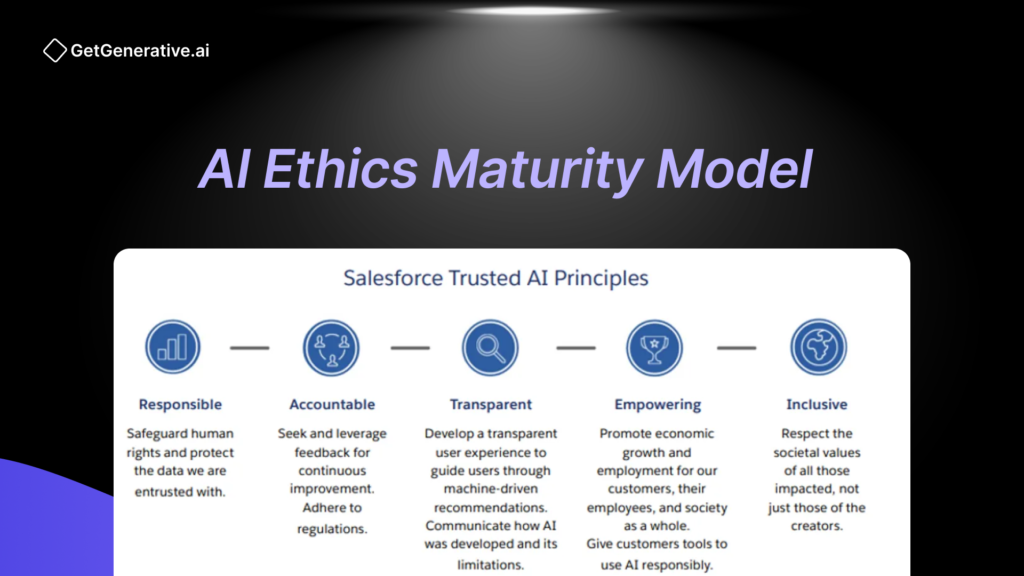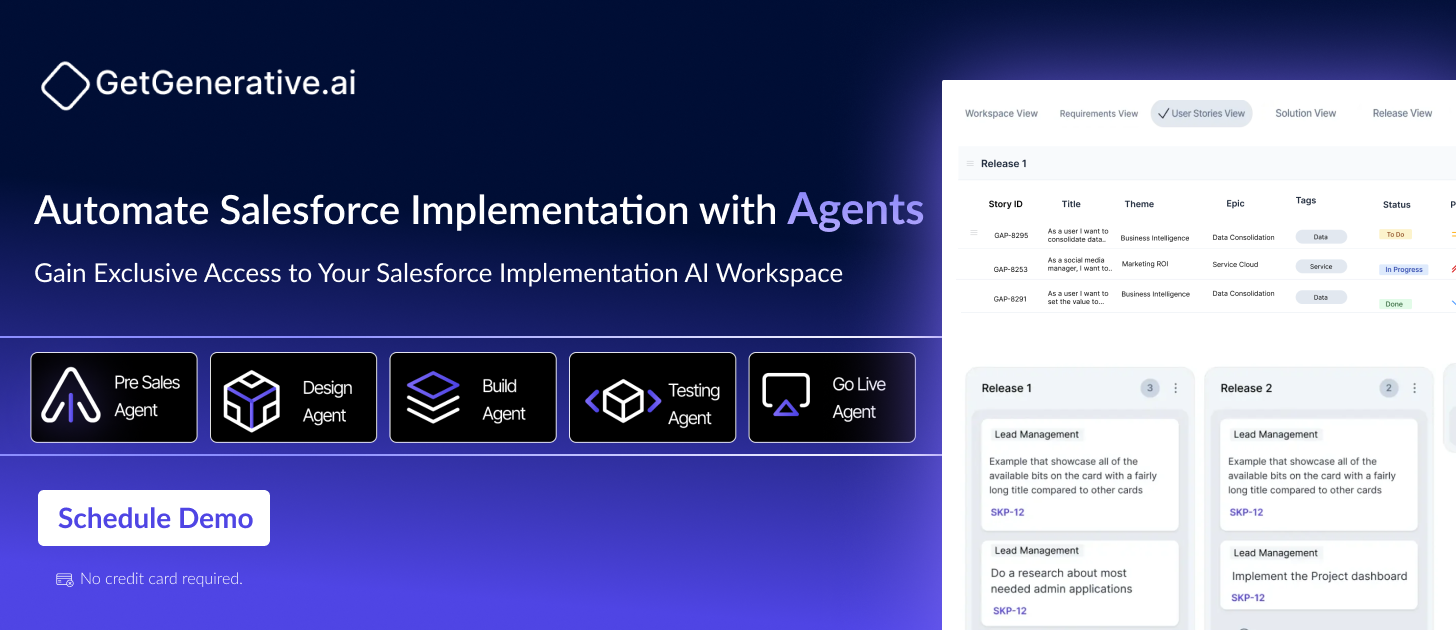AI Ethics Maturity Model
AI has become a cornerstone of innovation across industries. However, its growing influence raises ethical concerns about transparency, fairness, and accountability. Enter the AI Ethics Maturity Model, a framework designed to guide organizations in operationalizing ethical principles in AI systems.
By following this model, businesses can navigate the complexities of ethical AI implementation while earning the trust of their stakeholders.
What is the AI Ethics Maturity Model?
The AI Ethics Maturity Model is a structured approach to embedding ethical considerations into the lifecycle of AI systems. It provides organizations with a step-by-step roadmap to ensure responsible AI practices, from the ad hoc identification of ethical issues to an optimized, end-to-end ethics-by-design system.
AI impacts decision-making on a massive scale. Whether it’s recommending products or determining creditworthiness, AI systems can inadvertently perpetuate bias or violate privacy. Ethical AI is not just about avoiding harm—it’s about building trust, ensuring compliance, and driving innovation responsibly.
The Four Stages of AI Ethics Maturity
1. Ad Hoc: Recognizing the Need for Ethics
This initial stage is characterized by informal efforts to address ethical concerns. Teams begin questioning AI processes, moving from “Can we do this?” to “Should we do this?”
- Key Features:
- Ethical concerns are raised sporadically by individuals or small groups.
- Discussions often lack formal structure.
- Small wins in identifying and mitigating risks build momentum.
Start by fostering open discussions about AI ethics within your organization. Informal tech talks can help create awareness and identify early advocates.
2. Organized and Repeatable: Establishing a Framework
In this stage, organizations formalize their approach to AI ethics. Executive buy-in is secured, and a dedicated team is established to manage ethical AI practices.
- Key Features:
- Development of ethical principles tailored to the organization’s values.
- Formation of a diverse ethics team with expertise in AI, human rights, and policy.
- Initial training programs to raise awareness across departments.
Example: Salesforce’s Trusted AI Principles emphasize fairness, transparency, and accountability, providing a solid foundation for responsible AI practices.
3. Managed and Sustainable: Scaling Ethical Practices
At this stage, ethical AI practices become integrated into product development and organizational workflows.
- Key Features:
- Ethics reviews are conducted throughout the AI lifecycle, not just at the end.
- Bias assessment tools and inclusive design practices are implemented.
- Metrics are established to measure progress and impact.
Did You Know? Poor ethics metrics can block product launches, emphasizing the need for thorough evaluation before deployment.
4. Optimized and Innovative: Achieving Ethics-by-Design
The final stage represents a mature, holistic approach to ethical AI. Ethical considerations are embedded in every aspect of AI development, ensuring continuous improvement.
- Key Features:
- Decentralized ethical AI teams operate across the organization.
- Proactive measures, such as consequence scanning workshops, mitigate risks early.
- Ethical debt—issues that arise from neglecting ethics—is resolved systematically.
Ethical AI is a journey, not a destination. Continuous innovation ensures the framework evolves with new challenges.
Also Read – Salesforce Trusted AI Principles
Building an Ethical AI Framework
1. Set Clear Ethical Goals
Define principles like transparency, fairness, and accountability. Tailor them to align with your organization’s values and industry requirements.
2. Form a Cross-Functional Team
Diverse perspectives are crucial. Include data scientists, ethicists, legal advisors, and user experience designers to address multifaceted challenges.
3. Train and Educate Employees
Conduct mandatory training sessions on ethical principles, ensuring all employees understand their role in building responsible AI.
4. Incorporate Ethical Reviews Early
Integrate ethics checkpoints at every stage of AI development to identify and mitigate risks proactively.
5. Leverage Ethical AI Tools
Use dashboards, fairness metrics, and explainability tools to monitor and improve AI systems.
Benefits of the AI Ethics Maturity Model
- Enhanced Trust: Ethical AI builds customer confidence and strengthens brand reputation.
- Regulatory Compliance: Proactively addressing ethical concerns ensures alignment with legal standards.
- Innovation with Responsibility: By embedding ethics into workflows, businesses can innovate without compromising values.
- Risk Mitigation: Identifying and addressing ethical risks early reduces the likelihood of reputational damage or legal issues.
Also Read – Guidelines for Ethical and Responsible AI Development
Conclusion
The AI Ethics Maturity Model offers a roadmap to navigate the ethical challenges of AI adoption. By progressing through its stages, organizations can transition from addressing ethical issues reactively to embedding them as a core component of their operations. The journey toward responsible AI is ongoing, but the rewards—trust, compliance, and sustainable innovation—make it worthwhile.
For further insights, explore GetGenerative.ai.
FAQs
1. What is the primary goal of the AI Ethics Maturity Model?
The goal is to provide organizations with a structured framework to operationalize ethical principles in AI systems.
2. How can bias in AI systems be addressed?
Bias can be mitigated through diverse datasets, fairness metrics, and regular audits throughout the AI lifecycle.
3. Why is transparency critical in AI ethics?
Transparency helps stakeholders understand how AI decisions are made, fostering trust and accountability.
4. How does the model benefit organizations?
The model reduces ethical risks, enhances trust, and ensures compliance, leading to sustainable growth.
5. Can small businesses implement the AI Ethics Maturity Model?
Absolutely! The model is scalable and can be adapted to suit organizations of any size or industry.




